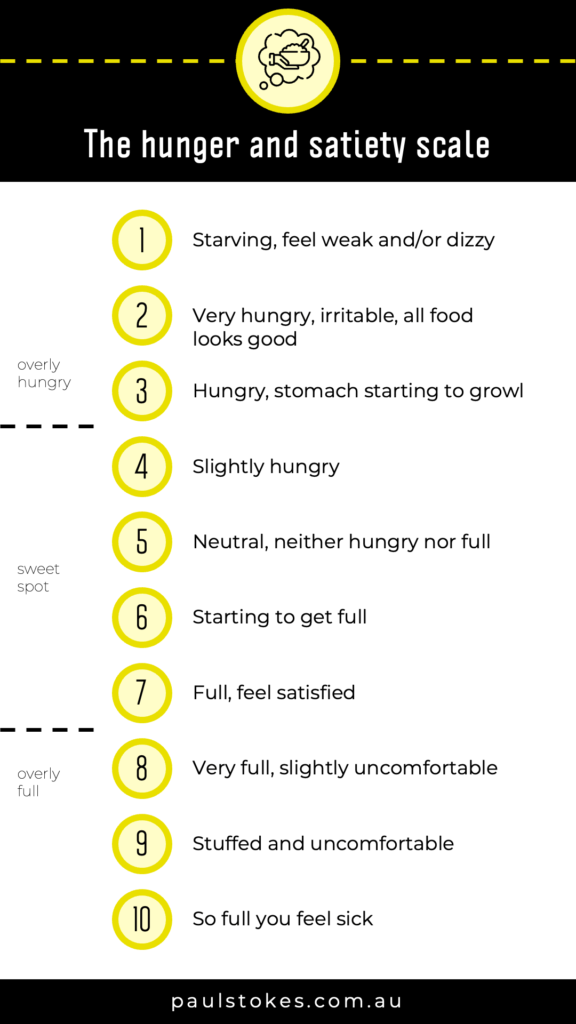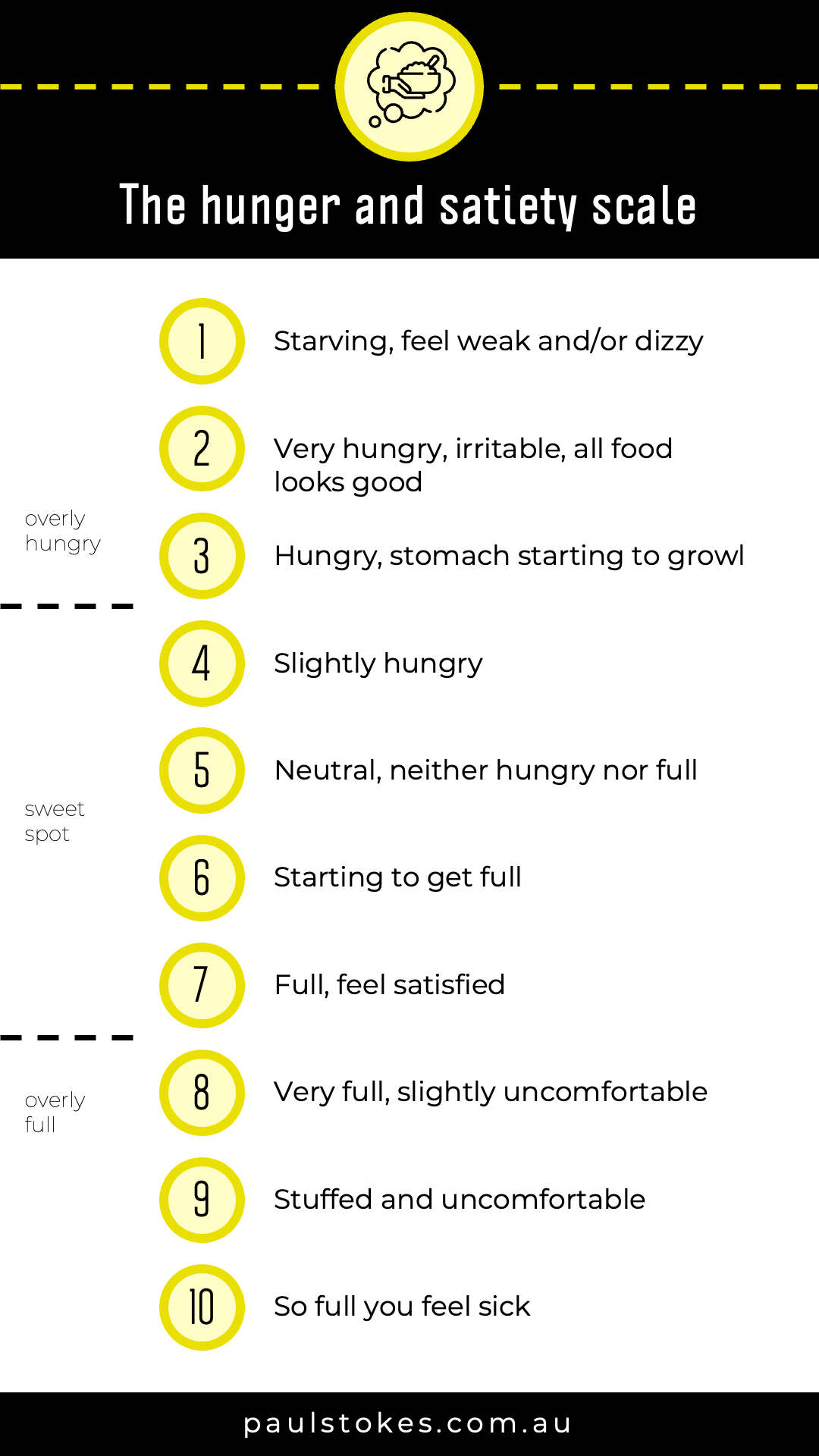In previous articles, we've discussed mindful breathing, and mindful walking. Today we're going to explore mindful eating and the benefits it can bring to your health and wellbeing.
More...
What is mindful eating?
Mindful eating is where you eat 'in the moment' by concentrating and paying attention to what and how you eat. More specifically, you tune in to how your body is responding and how the meal is making you feel.
For example, you might focus on the taste, the smell, and texture of the food. Additionally, you might even hone in on the temperature and colour.
Compare this to how you might munch away at a bag of chips on the couch watching a movie.
By practising mindful eating, you're teaching your body to recognise and respond to hunger and satiety cues.
Why does eating mindfully help? Benefits of mindful eating
Often, our attention is elsewhere when we're eating. Perhaps we're distracted by watching TV, or scrolling on our phone. Maybe even it's while engaged in conversation with friends.
When we are distracted, we don't allow all of our senses to fully engage with the experience of eating. Eating with mindfulness can bring a lot more satisfaction from each and every meal.
A lot of the time, we eat when we're not even hungry. Perhaps the food itself is the distraction. Maybe we're bored, stressed, sad or just because the food is there, we eat it.
Research shows that mindless eating can result in more food consumed before we recognise we are full. We eat more without realising it.
By practising mindful eating, we can reduce overeating. Additionally we can build a more satisfying and healthy relationship with food.
Here's how to practise mindful eating:
Firstly, we want to remove all distractions. Turn off the TV and put away your phone.
Then, before you start eating take a moment to assess how you are feeling. Using the hunger and satiety scale, assess your current hunger levels.
Pretend you're at an expensive restaurant - critique the food. Note how it's presented, what aromas are you getting? How are the texture and flavours developing in the mouth?
Re-visit your hunger levels and see how satiated you are becoming as you eat. You may well find you feel full before the plate is clear, and that's ok.
Practice, practice, practice! Like any new skill, it's unlikely you'll perfect it straight away. Reinforce the mindful eating habit each and every time you sit down to a meal. In time, it will become natural and effortless.
The hunger and satiety scale
We can use this scale to help quantify and determine just how hungry we are. Ideally, we want to stay in the 'sweet spot' the majority of the time. That is, we eat as we begin to get hungry and not wait until we are ravenous.
Likewise, we stop eating when we are satisfied.

How to Start Mindful Eating - an exercise to get you going
Now we know more about eating with mindfulness, let's give this basic exercise a go. A small item, like a grape, raisin or sultana is a good option to start with. Alternatively, you could try the steps with a slice of fruit.
- 1Start out by just looking at the food in front of you. Look closely at the shape, colour and how it appears.
- 2Before you even taste it, bring the food item close to your nose and smell it. What do you notice?
- 3Next, place the food in your tongue - but don't bite it yet. Just notice the flavours you start to experience and how you salivate.
- 4Now take a bite and become aware of the texture on your tongue. Additionally, notice any sounds in your mouth.
- 5As you continue to chew slowly, notice how the texture of the food changes.
- 6Finally, swallow. Pay attention to the sensations in your throat as the food travels down.


